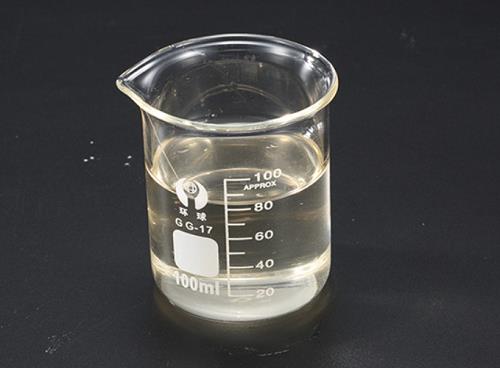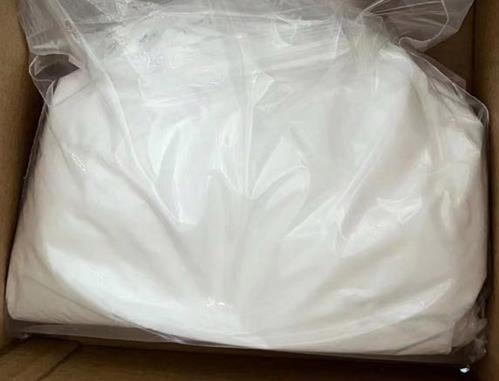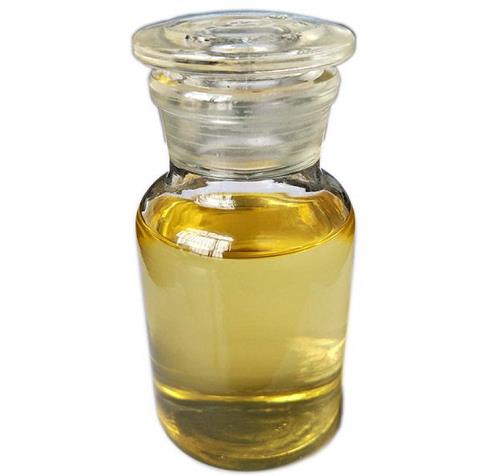Chemicals reagents are commonly referred to as reagent. It is a large class of pure chemical substances with various standard purities and can be used for education, scientific research, analysis and testing as well as the functional materials and raw materials required by some kinds of novel industrial materials. There is a large variety of chemical reagents and the number has reached hundreds of thousands in the world. There are also tens of thousands of reagents that have been used in daily life in china. There is still no uniform international rules in the classification methods for chemicals. It is customary divided by subject and actual application. Take the representative catalog issued by the Germany E • Merck Company as example, there are twelve categories and seventy categories while in most countries, it is divided with the scope of application. We divide the reagents into four categories. 1. General reagents: generally refers to inorganic reagents and organic reagents that can meet standard purity. It is often applied to scientific research, analysis and testing, and synthetic reaction and used as new materials. 2. Analysis Reagents: regent dedicated to analysis and test and can be divided into two subcategories: (1) Reagents for chemical analysis: testing items for the chemical reaction analysis. 1) Baseline Reagent: pure compound directly used for the standard solution in the formulation and volumetric analysis. 2) Indicator: it can be used to indicate the end of the titration reagent and can be classified into pH indicator, redox indicator adsorption indicator, metal indicator, a fluorescent indicator, and so on. (2) Regents for instrument analysis: high-purity compounds dedicated to instrumental analysis. 1) Spectroscopically pure reagents: spectroscopically pure compound, often expressed in the SP for spectral analysis reagents. 2) Chromatography pure reagents: reagents dedicated to analysis of gas chromatography and liquid chrom
Phenethyl Chloride: Pyrolysis Mechanism in PVC Recycling
Phenethyl chloride is synthesized from phenethyl alcohol, used in fine chemicals, and decomposes via HCl elimination to styrene during PVC pyrolysis.
Dec 3,2025 Chemical Reagents6-Chloropurine: Antiviral Nucleoside Scaffold and Synthetic Building Block
6-Chloropurine is a core scaffold for anti-SARS-CoV nucleosides and antitumor agents, inducing G2/M arrest and apoptosis in cancer cells.
Nov 27,2025 Chemical ReagentsApplication research of Dibenzenesulfonimide and its derivative
Dibenzenesulfonimide colud be selected as nitrogen source. Herein the application of dibenzenesulfonimide and its derivative were introduced.
Nov 27,2025 Chemical ReagentsFmoc-Ile-OH: an important raw material for synthesizing peptides
Fmoc-Ile-OH (Fmoc-L-isoleucine) is Fmoc-protected isoleucine and is mainly used for peptide synthesis.
Oct 29,2025 Chemical ReagentsEthyl S-4-Chloro-3-Hydroxybutyrate: Bioreduction Synthesis & Production Enhancement
Ethyl S-4-chloro-3-hydroxybutyrate is synthesized via COBE bioreduction (high ee >99.9%) with cofactor recycling; adsorption systems boost production.
Oct 27,2025 Chemical ReagentsEPA: Cardiovascular Benefits & Atrial Fibrillation Risk
EPA lowers triglycerides, reduces cardiovascular events (per REDUCE-IT), but poses atrial fibrillation risk, requiring balanced prescription.
Oct 24,2025 Chemical ReagentsMethyl Benzoylformate: Photoinitiator Use & Thermal/Reduction Reactions
Methyl benzoylformate undergoes Mg2?-activated enantioselective reduction to S-(+)-methyl mandelate and gas-phase thermal decomposition.
Oct 24,2025 Chemical Reagents4-Formyl-3-methoxybenzonitrile: Properties and Role in Fenaridone Synthesis
4-Formyl-3-methoxybenzonitrile (C9H7NO2) enables fenaridone synthesis via Knoevenagel/Hantzsch reactions, boosting 30.8% yield and 99.7% purity.
Oct 13,2025 Chemical ReagentsDiphenylsilanediol: From High-Performance Polymers to Veterinary Antiepileptics
Diphenylsilanediol (DPSD) enhances polyester thermal stability and mechanical properties, improving LED encapsulants and transistor dielectrics.
Oct 11,2025 Chemical Reagents2,4-Dichlorobenzoic Acid: Sources, Decomposition, Toxicology and Biodegradation
The article covers 2,4-Dichlorobenzoic acid's sources, decomposition, toxicology, and bacterial biodegradation, with structural confirmations.
Sep 26,2025 Chemical Reagents












